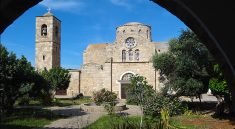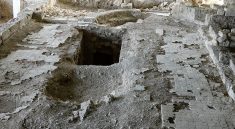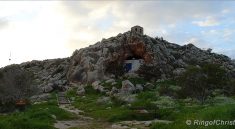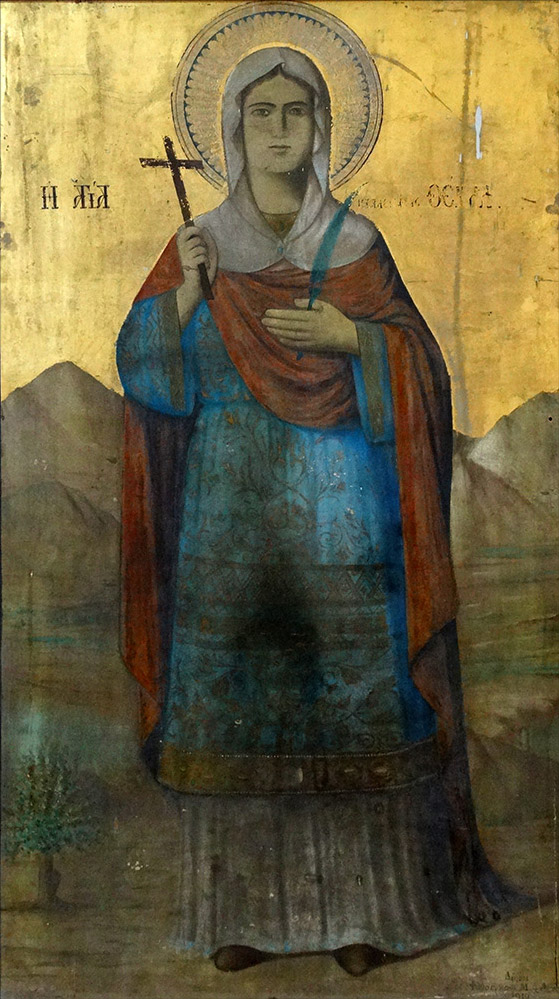
Ayia Thekla Cave Chapel in CyprusAyia Thekla Cave Chapel
The small cave chapel of St. Thekla west of Ayia Napa is right next to the sea. A small white and blue church with the same name is also close to the site. Ayia Thecla is much venerated on the island of Cyprus as is shown by the numerous icons and candles in the small dark cave.
Thecla was engaged to Thamyris, but after hearing Paul preach, she decided to remain a virgin and follow the missionary from place to place. Her parents were outraged and turned her over to the authorities. She would be burned as an example to other young girls who went against their parents’ wishes, but a storm put out the flames.
Twice Thekla escaped from being eaten by lions, and finally she became a recluse in a cave near the town of Maaloula, Syria living a life of pepetual prayer and fasting.
For the next seventy-two years, she lived the life of a hermitess and died there in Maaloula though legend says she was miraculously transported to Rome to be buried beside Paul.
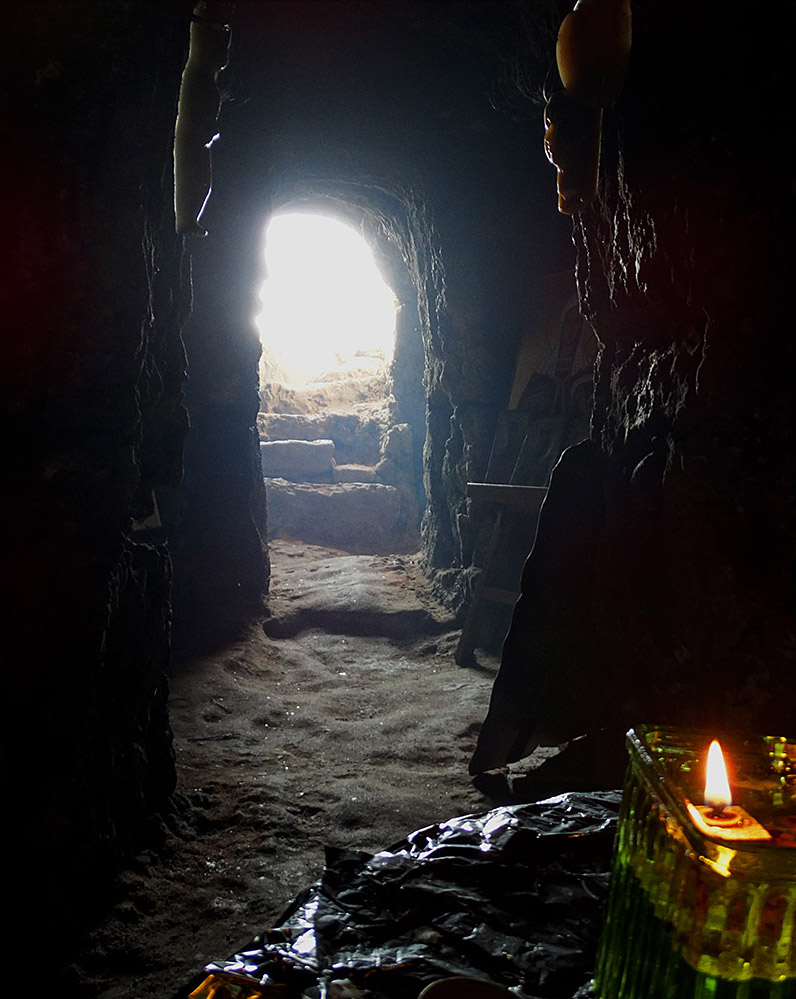
The story of Thekla comes from the apocryphal work Acts of Paul and Thekla which was written before 190AD and was very popular in the early church.
Referred to as a ‘Religious Romance’, there were Greek, Coptic, Latin, and Ethiopia versions; the work was disapproved by Tertrullian and lost popularity in the early 3rd century.
Up until early December 2013, her tomb had been a popular place of pilgrimage, but Syrian rebels led by Abu Jafar ransacked all of the monasteries in the vicinity, digging up the bones of Ayia Thekla and desecrating the tomb. The twelves nuns of the convent were thought to have been kidnapped when they disappeared, but they had been taken to safety and hidden from the rebels.
